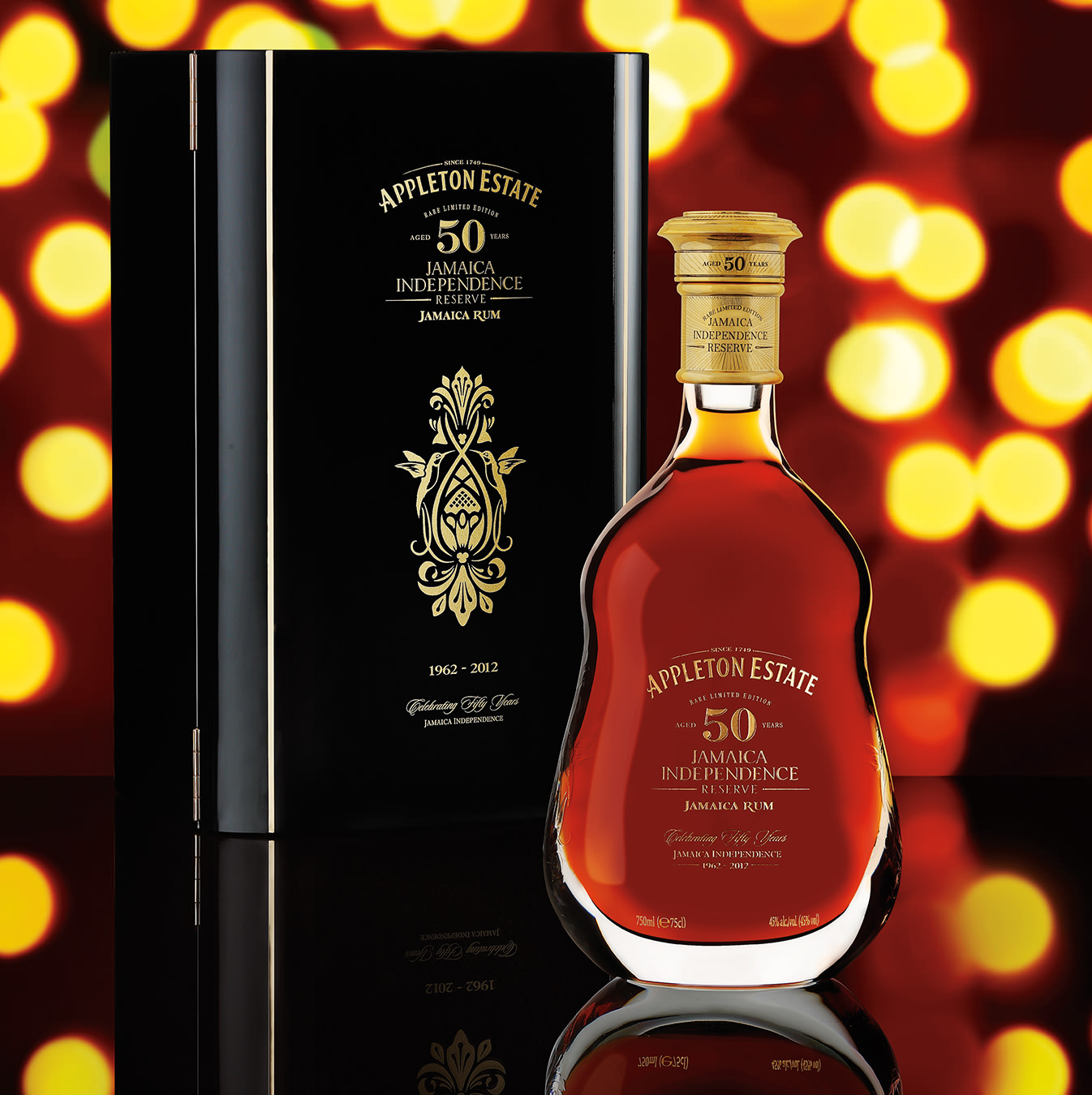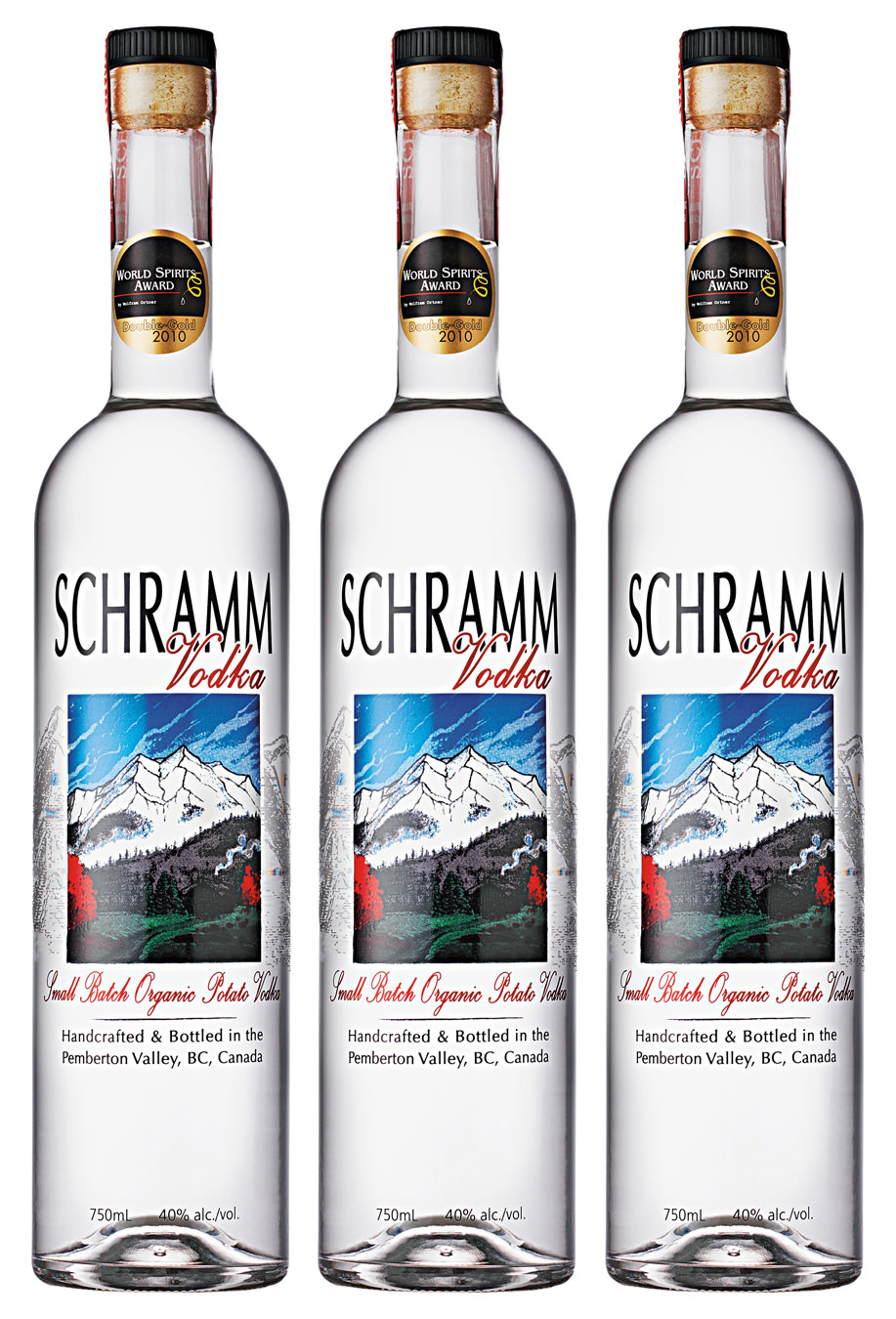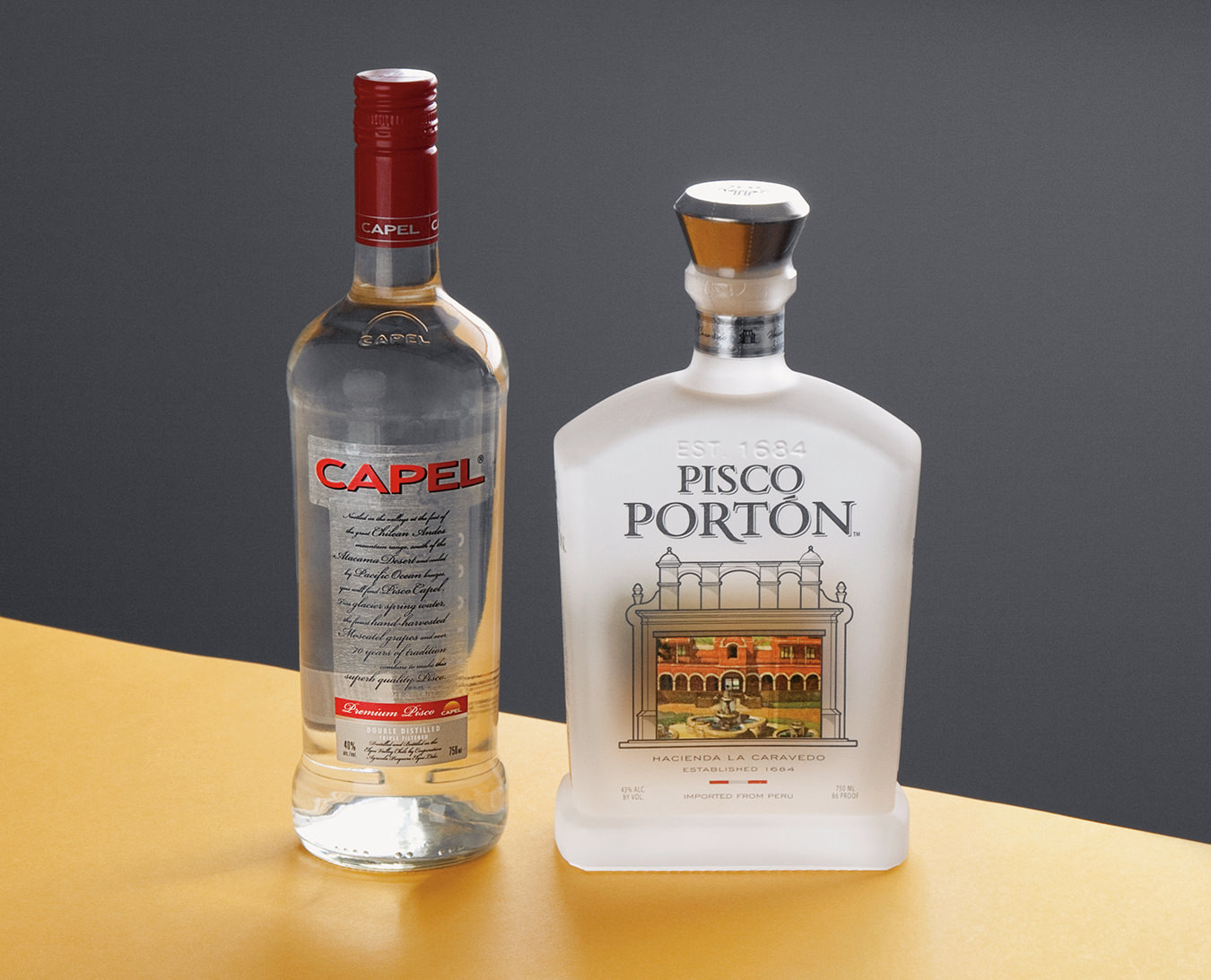Soju
The drink of Korea.
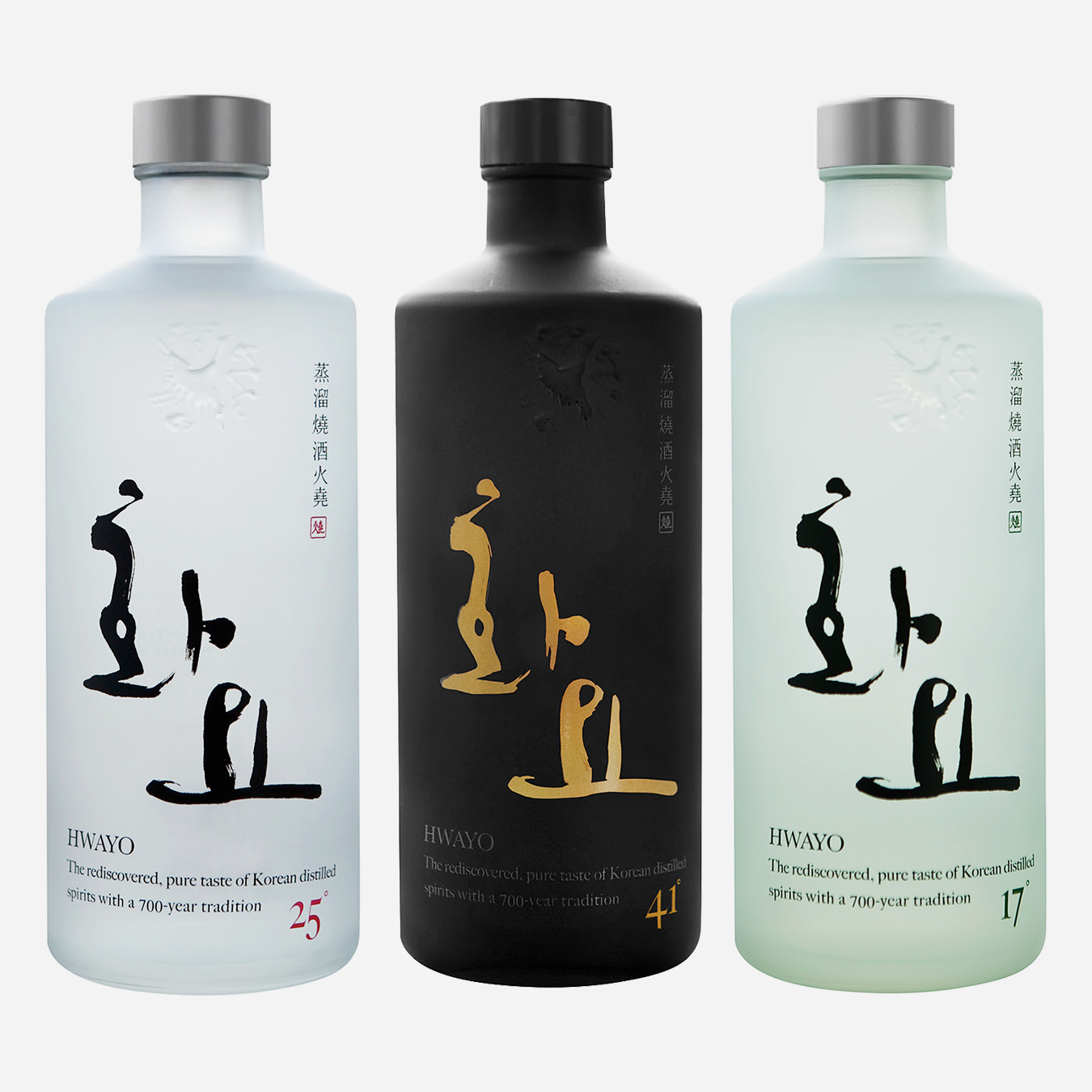
Soju is Korea’s answer to grappa or vodka, a simple clear spirit that’s quaffed with friends, most often for the intoxicating effects and with little concern for the after-effects (which, apparently, can be particularly brutal if you over indulge). Soju has that reputation: it’s the Asian alcohol that’s pounded in shots like tequila or dropped boilermaker-style into a glass of beer and downed with the familiar toast, “Gun bae!”
Almost everyone drinks soju in Korea—it’s part of everyday socializing with friends in soju bangs or hof bars, cramped little joints where soju and snacks (anju) are consumed after work and long into the night. Yet when I ask where I might find a modern soju bar in Seoul—something akin to a North American wine bar—to sample the finest soju, or taste the best brands side by side, most Koreans that I ask look askance. “You like soju?” is the usual response, often with a raised eyebrow or a behind-the-hand giggle of a Korean girl.
Although it’s an uncommon ideology, a handful of Korean soju producers are determined to raise the profile of this simple spirit. One of these is the Hwayo soju distillery, a small firm that turns out a high-end artisanal version of the rice liquor. I’m here to find out what makes an everyday intoxicant into a premium product, with a premium price.
The roots of soju reach back to the 13th century, when Mongol invaders brought the Persian technique of distilling to the Koreans, who soon converted their milky rice wine—makgeolli—into the fiery spirit. Rice was the ingredient of choice for centuries, until shortages in the 1960s caused the Korean government to ban the use of rice for soju. That ban stuck until 1999, so for most of the past 50 years, soju has been made with other fermentable starches—mostly from sweet potatoes and tapioca, sweetened with sugar and other flavourings.
That’s the kind of soju—a cheap, industrial-made drink—that most Koreans are accustomed to consuming. And consume it they do; although most North Americans know little about soju, Jinro, the world’s leading producer of soju, globally outsells (in terms of volume) giants like Bacardi and Johnnie Walker. A typical 375-millilitre bottle of the slightly sweet spirit has about 20 per cent alcohol and sells for the equivalent of around $2 (Canadian) in Korea.
But that’s not what they’re making at Hwayo. Here, their premium soju is made the traditional way, with just three ingredients: rice, water, and live Aspergillus oryzae (koji) cultures, which are the moulds used to ferment soybeans for soy sauce and miso, or rice for sake. And it sells at a premium compared to the industrial street quaff.
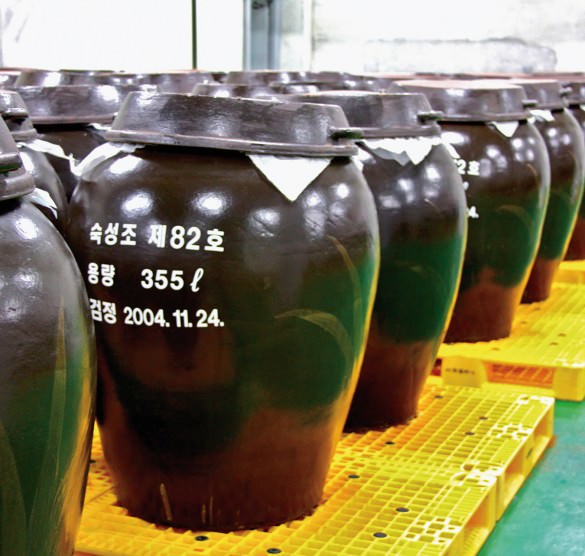
Photo by Cinda Chavich.
The Hwayo facilities are a series of small, grey steel buildings on the outskirts of Seoul. Distillery manager Sae-Hee Moon leads me past stacked sacks of Korean japonica rice and up onto a steel catwalk where the grains are steamed and mixed with live koji and brewed into a spritzy rice wine. This basic rice “beer”—like the sweet barley wort of whisky—is either bottled as makgeolli or distilled into soju.
Whereas most soju is distilled in a continuous- or multiple-distillation process and goes right into bottles, this premium soju is single distilled at low temperatures and under reduced pressure to preserve natural aromas and flavours, and then aged. We head to another building, where 300 large, handmade clay vessels or onggi—the kind used in Korea for aging everything from kimchi to soy sauce—stand in rows. The clear alcohol ages in the dark while classical music plays.
“The acoustic vibrations stimulate the alcohol molecules,” Moon explains. “Sometimes traditional Korean music, sometimes Western music to globalize.”
They are also experimenting with barrel aging, and another cellar holds dozens of oak barrels in which soju is taking on cask aromas and colours, similar to other barrel-aged spirits. The distillate is diluted to create three distinct products for bottling with 41, 25, and 17 per cent alcohol.
Hwayo soju is just one arm of the KwangJuYo Group, a company led by Tae-Kwon Cho. Cho inherited his father’s fine Korean pottery company, and has since expanded the business with the hope of elevating Korean food and drink in the eyes of the world. In his efforts to achieve this, Cho created high-end Korean restaurants to showcase the Korean tableware and vessels created at the family’s pottery workshop in Icheon.
Alternating between sipping a citrusy soju cocktail and straight Hwayo, I enjoy a contemporary Korean meal—cold soy milk soup with spaghetti squash noodles, burdock root japchae with grilled eel, and tender abalone with braised short ribs. This experience is new to Koreans—even in Seoul, there are only a handful of contemporary Korean restaurants—and for many Koreans, “premium soju” is still an oxymoron. But with brands like Hwayo, that upscale soju tasting bar can’t be far off.


